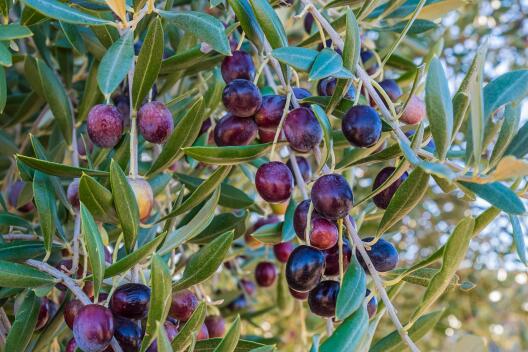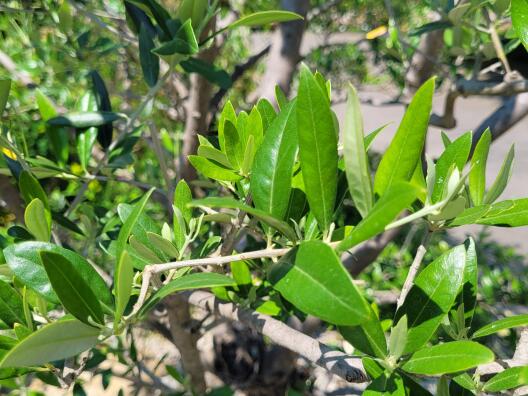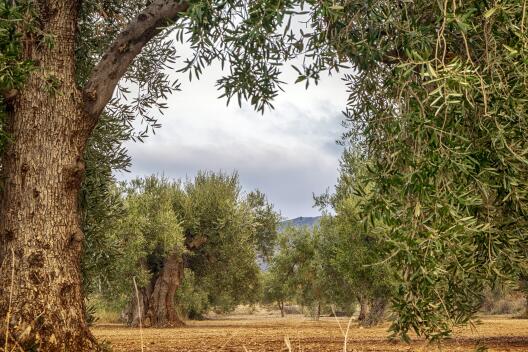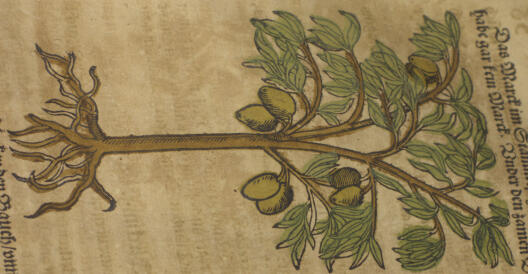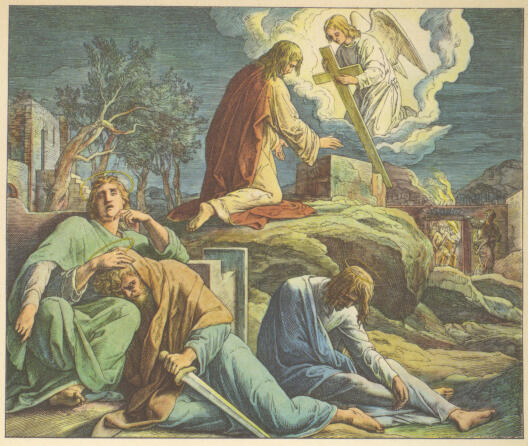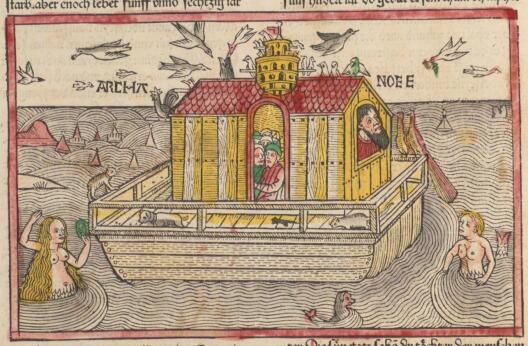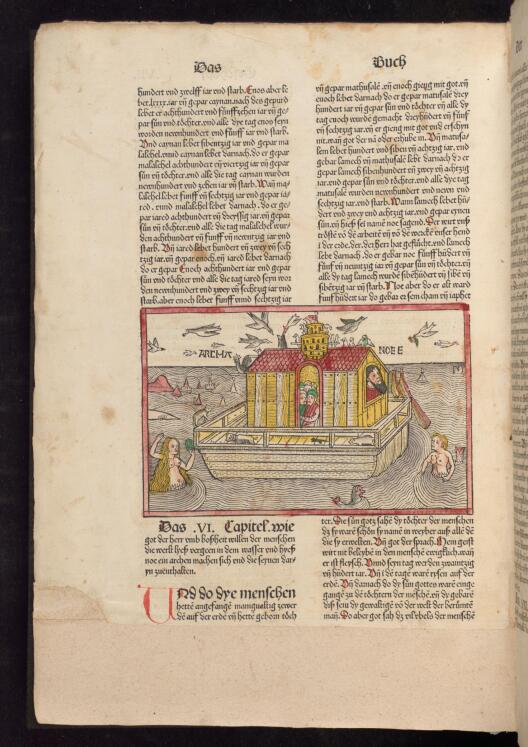





order: Lamiales
family: Oleaceae
genus: Olea
species: olive (Olea europaea)
attributes: evergreen tree or shrub measuring up to 20 meters in height, strongly ramified, leathery leaves, green on their upper side, grey on the lower side, cultivated since 4000 BC
origin: wild form probably from eastern Mediterranean area
habitat: Mediterranean area, Middle East, northern Africa, Southafrica, also cultivated in Argentinia, Mexico and California
And it happened, at the end of forty days Noah opened the window of the ark which he had made. And he sent forth a raven, and it went out, going out and returning until the waters were dried up from off the earth. He also sent forth a dove from him, to see if the waters had gone down from off the face of the earth. But the dove found no rest for the sole of her foot. And she returned to him into the ark, for the waters were on the face of the whole earth. Then he put out his hand and took her, and pulled her in to him into the ark. And he waited yet another seven days. And again he sent forth the dove out of the ark. And the dove came in to him in the evening. And, lo, in her mouth was an olive leaf plucked off. So Noah knew that the waters had gone down from off the earth.
Genesis 8, 6-11
Since the Bronze Age the olive tree has been cultivated. The first prove of crop growing is 7000 years old and strikingly from the valley of Jordan. In antiquity the olive was one of three most important staple foods and trade goods alongside weed (Nr. 33) and wine (Nr. 6). While the Greek adored the olive tree as a symbol of their goddess Athena and crowned the winners of the Olympic Games with wreaths of olive twigs, the Bible considers it a symbol of piece that represents the fertility of Canaan at the same time. The cultivation of the tree that had grown there before the arrival of the Isrealites was accelerated unter the kings David and Solomon. This is unsurprising, considering the fact that kings were annointed with oil and profited from the prosperity the trade with olive awarded their country.
A passage of the Old Testament with an olive tree that is very popular in Christian reception is the story of the diluge. When Noah sends the dove to scout for land, it returns with an olive twig in it‘s beak which foreshadows salvation. In the New Testament Christ falls back to the garden Gethsemane before his passion to pray between olive trees.
mentions: several
other text passages (selected):
Genesis 8,11
1. Samuel 10,1 (unction of Saul)
Isaiah 41,19
Mark 14,26
Eichenberg, Walter/Wendland, Henning: Deutsche Bibeln vor Luther. Die Buchkunst der achtzehn Bibeln von 1466 bis 1522, Hamburg 1977.
Hepper, F. Nigel: Der Bibel-Garten. Pflanzen der Bibel im eigenen Garten, Asslar 1998.
Modern King James Version.
